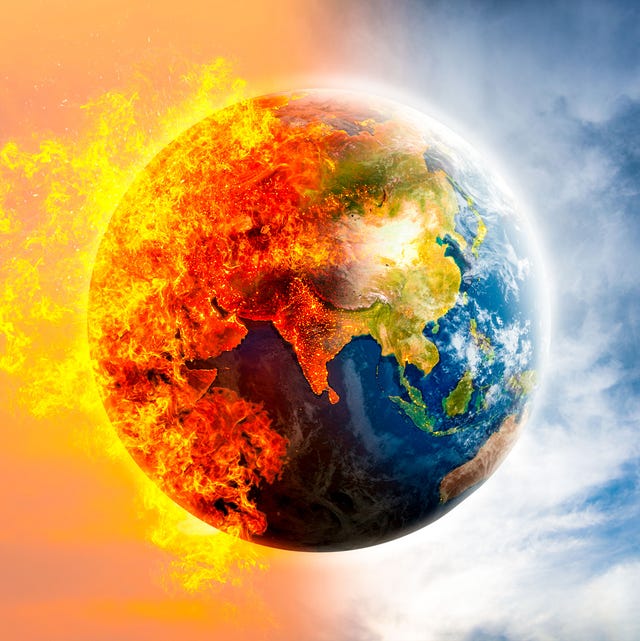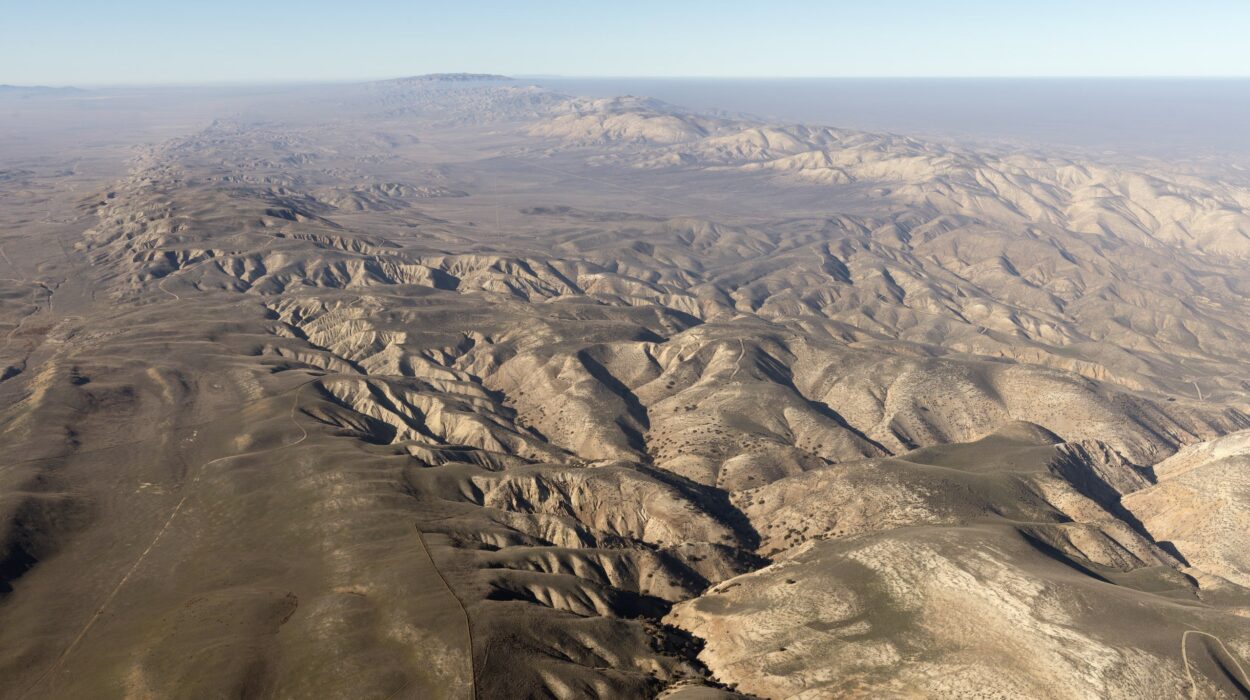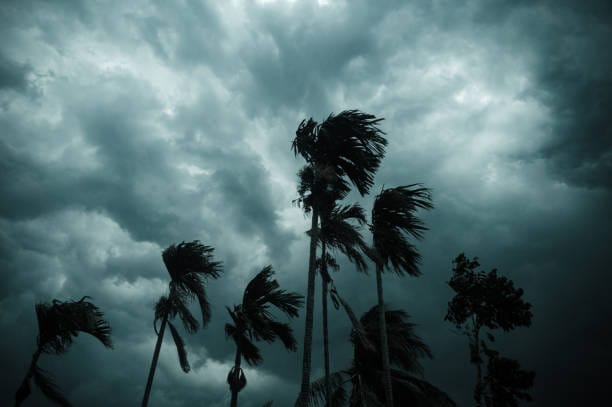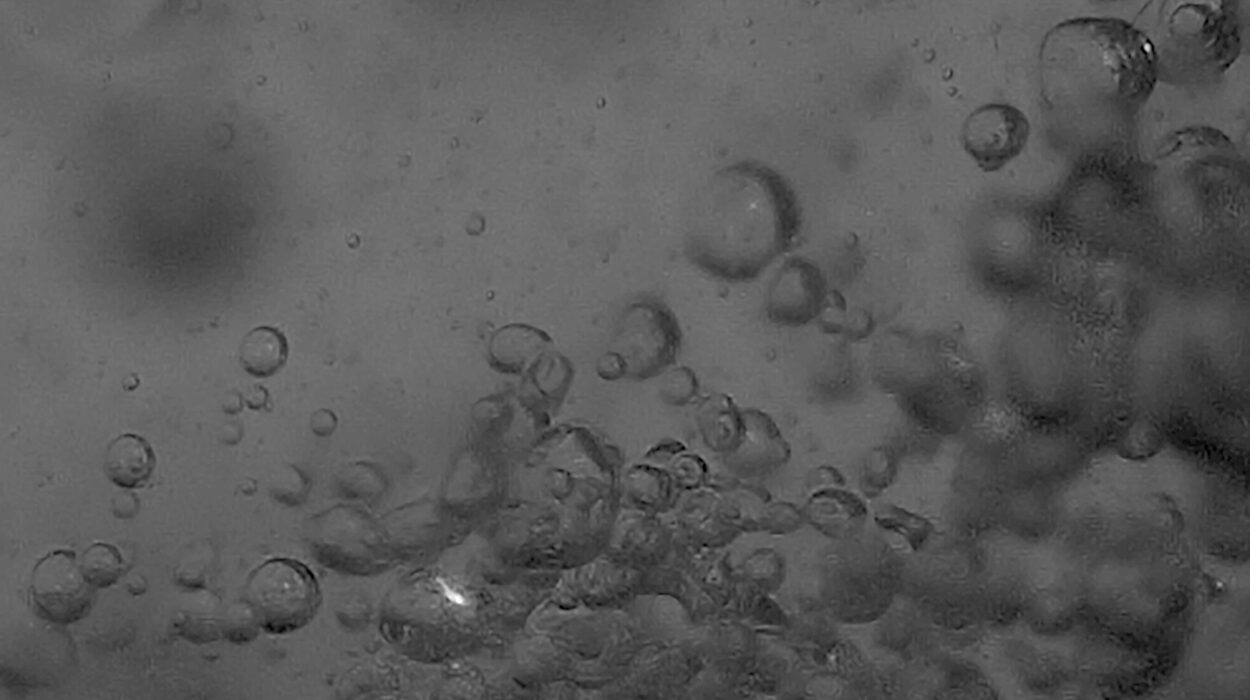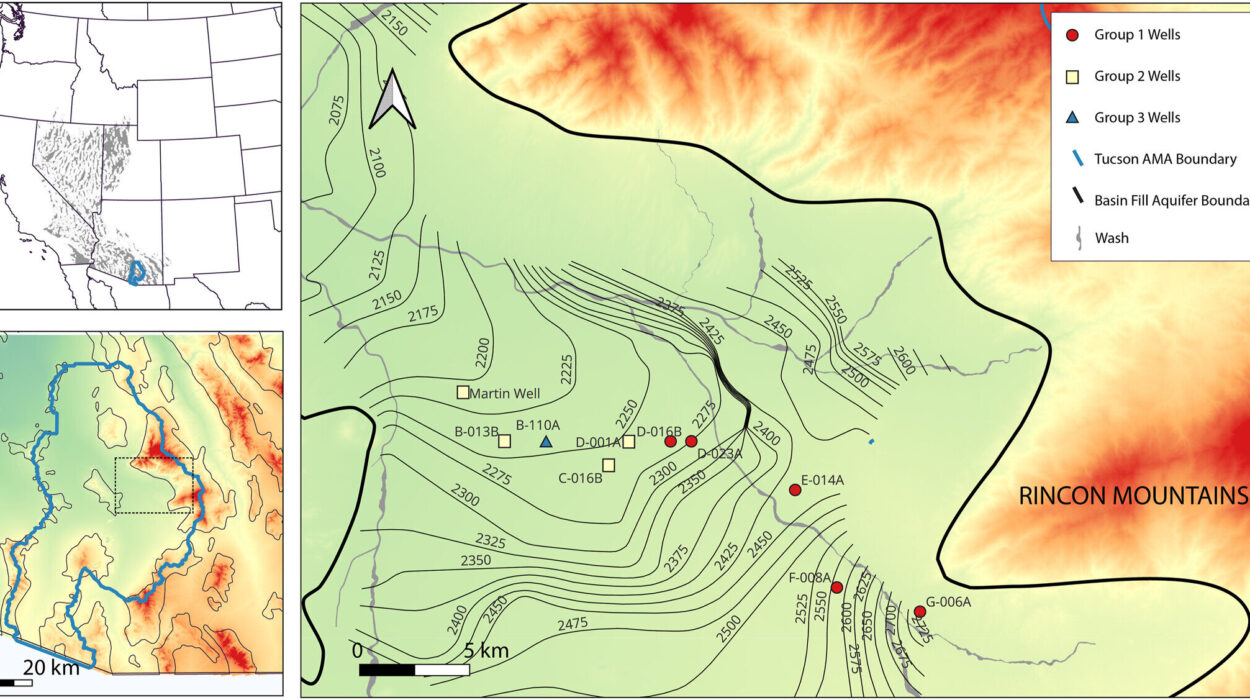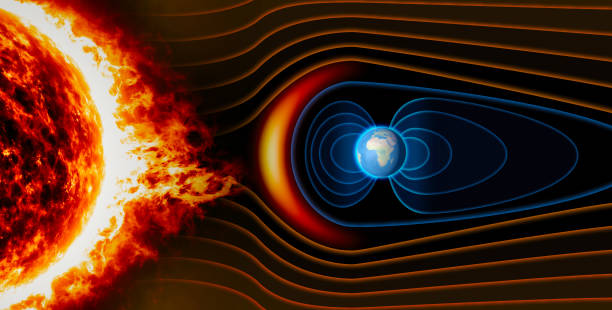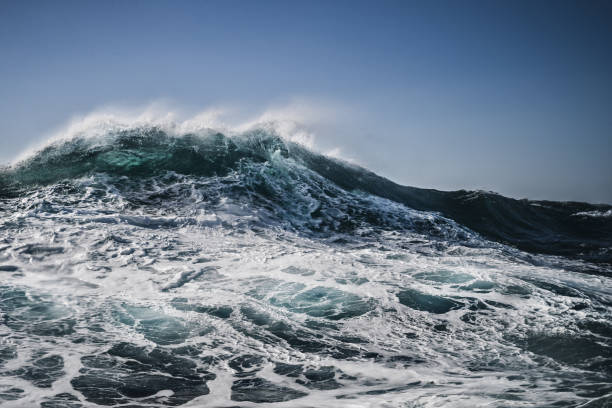It starts with a whisper—rising seas nibbling away at coastlines, warmer winters replacing the cold snaps of old, forests catching fire in places that once stood serene and damp. Somewhere, a polar bear drifts on a dwindling ice floe. Elsewhere, a farmer stares at the cracked, parched earth that once yielded life. And everywhere, people are asking: Is this real? Is it natural? Is it too late?
Global warming. For decades, those two words have hovered in the background of public discourse, growing louder with each passing year. Yet for every scientist shouting the alarm, there’s a social media post casting doubt. Climate change is real, they say. No, it’s a hoax. It’s human-caused. No, it’s natural. The confusion is not surprising. When fear, politics, and profit collide, the truth often gets buried.
But today, we dig it out. Not with shouting, but with clarity. Not with fear, but with facts. This is a journey through science and storytelling, separating myth from reality, to help you understand what global warming really is—and why the truth matters now more than ever.
A Brief History of Earth’s Fever
The story of global warming is ancient, stretching back far before the Industrial Revolution. Our planet’s climate has never been static. It has swung from ice ages to tropical epochs over millions of years, driven by natural factors like volcanic activity, solar radiation, and changes in Earth’s orbit.
But something different began in the late 18th century. Humanity discovered coal, then oil, then gas. We built engines, powered factories, lit up cities, and transformed the world. And in doing so, we began to alter the chemistry of our atmosphere in ways nature never had.
Carbon dioxide, or CO₂, is at the center of it all. Alongside methane, nitrous oxide, and a handful of other greenhouse gases, CO₂ traps heat from the sun, warming the Earth much like a blanket. This natural greenhouse effect has kept our planet habitable for eons. Without it, Earth would be a frozen wasteland.
But by burning fossil fuels, clearing forests, and industrializing agriculture, we’ve added an extraordinary volume of greenhouse gases to the atmosphere in a remarkably short time. Since the 1880s, the concentration of atmospheric CO₂ has skyrocketed from about 280 parts per million (ppm) to over 420 ppm today—the highest level in at least 800,000 years.
The Earth has responded. Average global temperatures have risen by about 1.2°C (2.2°F) since pre-industrial times. It may not sound like much—but even this small change is enough to alter weather systems, melt glaciers, raise sea levels, and disrupt ecosystems across the globe.
Myth #1: “Climate Change is Natural. It’s Happened Before.”
Indeed, Earth’s climate has changed before. That part is true. But this truth is often weaponized to suggest that today’s warming is nothing new, nothing to worry about. This is a dangerous myth, and here’s why.
Natural climate changes in the past happened over thousands or even millions of years. The current rate of warming is vastly faster. Ice core data shows that previous shifts in CO₂ levels were glacially slow compared to today’s abrupt spike. The fingerprints of human activity are unmistakable. Satellite measurements, ice core samples, tree rings, ocean temperatures—all point to the same conclusion: this is not a natural cycle. It’s a human-driven event.
What’s more, past climate changes brought catastrophic consequences. Mass extinctions. Collapsed civilizations. The idea that because Earth has warmed before, we shouldn’t worry now, is like saying since people have died in the past, we shouldn’t care about curing disease.
Myth #2: “It’s Just the Weather.”
Every time a cold snap hits or a snowstorm blankets a city, skeptics shout triumphantly: “So much for global warming!” This myth confuses weather with climate.
Weather is the mood of the atmosphere—what’s happening outside your window today. Climate is its personality—how it behaves over decades. One cold winter doesn’t disprove global warming any more than one hot day proves it. In fact, the chaotic weather extremes we’re seeing—heatwaves, floods, droughts, and yes, even blizzards—are precisely what climate scientists have predicted as consequences of a warming planet. More energy in the system means more volatile, unpredictable weather.
Climate change doesn’t mean that every place will simply get warmer. It means that the patterns of weather will shift in complex and sometimes devastating ways. Jet streams may wobble. Ocean currents may falter. Storms may intensify. And those changes are already unfolding.
Fact: The Science is Rock Solid
Perhaps the most enduring myth is that the science of global warming is uncertain or controversial. But among scientists who actually study climate—those trained in meteorology, atmospheric physics, and environmental science—there is overwhelming agreement: more than 97% of actively publishing climate scientists agree that climate change is real and human-caused.
The evidence comes from multiple independent lines of research. Thermometers around the world show rising temperatures. Satellites observe melting glaciers and polar ice caps. Ocean buoys track warming seas. Species are migrating. Seasons are shifting. Sea levels are rising.
And perhaps most persuasively, climate models—complex simulations built by thousands of scientists across the globe—have accurately predicted the trajectory of warming for decades. These models aren’t guessing games. They’re based on physics, chemistry, and mountains of data. And they show that without significant cuts to greenhouse gas emissions, the warming will continue—likely reaching 2°C or more by the end of the century, with dramatic consequences.
Myth #3: “It’s Too Expensive to Fix.”
This argument often comes not from science, but from economics and politics. Yes, transitioning from fossil fuels to renewable energy sources will cost money. But doing nothing will cost far more.
Climate change is not a distant threat—it’s an economic wrecking ball already swinging. Wildfires in California. Hurricanes battering the Gulf Coast. Floods in Pakistan. Heatwaves that kill crops and strain power grids. These disasters are becoming more frequent and more severe, and they come with a staggering price tag.
The World Bank estimates that unchecked climate change could push over 100 million people into poverty by 2030. The damage to infrastructure, healthcare systems, agriculture, and global security will far outweigh the costs of prevention.
Moreover, renewable energy is no longer a fantasy. Solar and wind power are now cheaper than coal in many places. Clean energy creates jobs, improves public health by reducing air pollution, and offers energy independence. Fighting climate change isn’t just morally right—it’s economically smart.
Myth #4: “Technology Will Save Us.”
Hope is powerful—but blind faith is dangerous. Many pin their optimism on future breakthroughs: carbon capture, geoengineering, fusion energy. These technologies are real and promising. But they are not a get-out-of-jail-free card.
Relying solely on unproven solutions while continuing business as usual is like driving toward a cliff while waiting for someone to invent a new brake pedal. We need innovation, yes—but we also need immediate, meaningful action with the tools we already have.
That means reducing emissions, conserving forests, electrifying transport, improving energy efficiency, and rethinking how we grow food. No silver bullet exists. But a thousand silver pebbles, thrown together, can change the trajectory.
Fact: Global Warming is a Justice Issue
Not everyone contributes equally to climate change—and not everyone suffers equally from its impacts. Wealthy countries, which have historically emitted the most greenhouse gases, are often better equipped to cope with the consequences. Poorer nations, with the least responsibility, are often hit the hardest.
This disparity is a moral crisis. Rising seas threaten Pacific island nations that barely register on the global emissions chart. Droughts devastate African farmers who have contributed next to nothing to the problem. Even within wealthy countries, marginalized communities often live in the most polluted, flood-prone, or heat-stricken areas.
Tackling global warming isn’t just about science—it’s about fairness. Climate action must be guided by principles of equity, ensuring that vulnerable populations are protected, and that those with power bear their share of responsibility.
The Tipping Points: When Reversing Becomes Impossible
Perhaps the most chilling aspect of global warming is the risk of tipping points—thresholds beyond which the climate system may spiral out of control. These are not apocalyptic fantasies. They are real possibilities that scientists are racing to understand.
For instance, the melting of Arctic permafrost could release vast stores of methane, a potent greenhouse gas, further accelerating warming. The Amazon rainforest, if degraded past a certain point, could collapse into savannah, releasing the carbon stored in its trees. The Greenland and West Antarctic ice sheets could pass a point of no return, raising sea levels by several meters.
Once these tipping points are crossed, the damage could be irreversible on human timescales. That’s why urgency matters. The longer we wait, the narrower our window for action becomes.
Myth #5: “It’s Too Late to Do Anything.”
This myth is perhaps the most dangerous of all—because it breeds despair and inaction. Yes, the situation is serious. Yes, damage has already been done. But no, it is not too late.
Every fraction of a degree matters. Preventing 2°C of warming instead of 3°C could mean the difference between life and death for millions. It could mean saving entire cities, ecosystems, coastlines. It could mean food instead of famine, homes instead of refugee camps, forests instead of deserts.
Hope is not a passive emotion. It’s a choice. And hope, combined with action, is the most powerful tool we have.
What You Can Do: Individual Choices, Collective Power
You don’t have to be a scientist or policymaker to make a difference. Every action matters. Eat less meat. Drive less. Switch to clean energy. Plant trees. Vote for leaders who take science seriously. Talk to your friends. Educate your children. Demand better.
But also remember: the burden doesn’t fall only on individuals. Systemic change is essential. That means holding corporations accountable, reforming energy policies, and transforming the very systems that drive emissions. Change happens when people come together.
History has shown it. From civil rights to women’s suffrage, from apartheid to tobacco reform, seemingly impossible problems have been tackled by collective courage. The climate crisis is no different.
Looking Ahead: A Planet Worth Saving
Imagine a world where our skies are clean, where cities hum with renewable power, where forests are protected, and oceans thrive. A world where technology, nature, and humanity live in balance. This isn’t science fiction. It’s a possible future.
But it’s not guaranteed.
The choices we make today will echo for generations. Our children—and their children—will live in the world we shape. Will they thank us for our courage, or curse us for our apathy?
Global warming is not just a scientific issue. It’s a human story. A story of error and awakening, of greed and grace. A story still being written.
And you, dear reader, are part of it.
